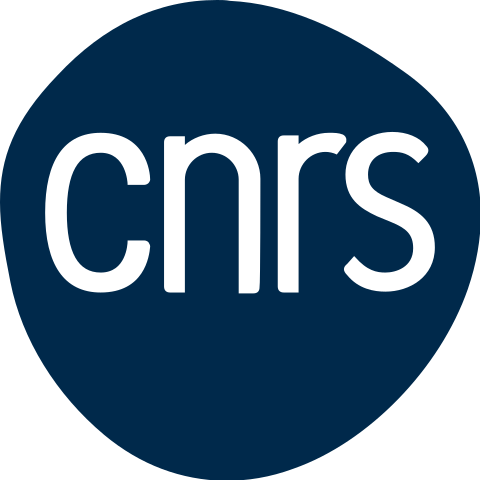Designing quinoline-isoniazid hybrids as potent anti-tubercular agents inhibiting mycolic acid biosynthesis
Résumé
Isoniazid is a cornerstone of modern tuberculosis (TB) therapy and targets the enoyl ACP reductase InhA, a key enzyme in mycolic acid biosynthesis. InhA is still a promising target for the development of new anti-TB drugs. Herein, we report the design, synthesis, and anti-tubercular activity of new isoniazid hybrids. Among these, 1H-1,2,3 triazole-tethered quinoline-isoniazid conjugates 16a to 16g exhibited high activity against Mycobacterium tuberculosis with minimal inhibitory concentrations in the 0.25-0.50 μg/mL range and were bactericidal in vitro. Importantly, these compounds were well tolerated at high doses on mammalian cells, leading to high selectivity indices. The hybrids were dependent on functional KatG production to inhibit mycolic acid biosynthesis. Moreover, overexpression of InhA in M. tuberculosis resulted in high resistance levels to 16a-16g and reduced mycolic acid biosynthesis inhibition, similar to isoniazid. Overall, these findings suggest that the synthesized quinoline-isoniazid hybrids are promising anti-tubercular molecules, which require further pre-clinical evaluation.
| Origine | Fichiers produits par l'(les) auteur(s) |
|---|


